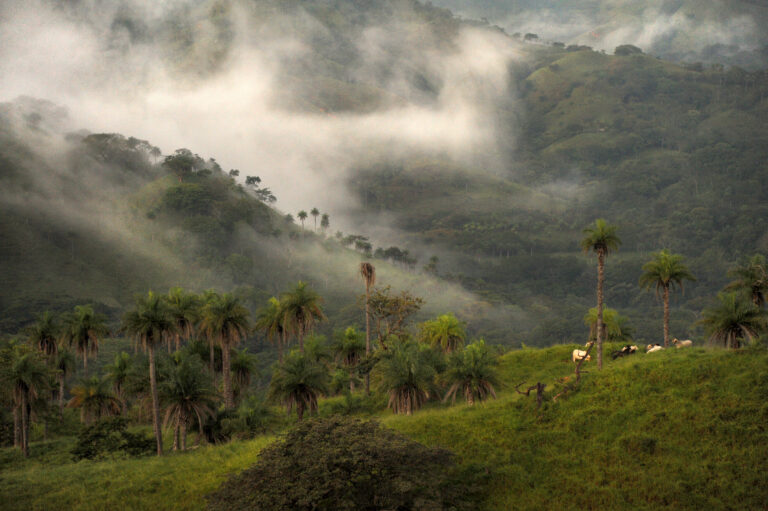

In a new Yale-led study published this Spring in the journal Nature Ecology & Evolution, scientists have found as much as 8% of montane cloud forests have been lost in the last 20 years due to man-made impacts.
“While protected areas have slowed the decline in cloud forests, in all but the most accessible areas, a large proportion of loss is still occurring despite such formal protection,” the authors conclude. “Increased conservation efforts and international support for the nations who are stewards of cloud forests are needed to support the impending regional or global demise of this unique ecosystem and its threatened biodiversity,” reported YaleNews.
“Tropical cloud forests are the terrestrial version of coral reefs. They harbor Earth’s greatest concentration of species diversity on land, over an already small and continually decreasing area,” said Yale’s Walter Jetz, professor of ecology and evolutionary biology and of the environment, director of the Yale Center for Biodiversity and Global Change, and senior author of the paper. Walter Jetz is also Scientific Chair of the E.O. Wilson Biodiversity Foundation. The study’s additional authors are Dirk Nikolaus Karger , Michael Kessler, and Marcus Lehnert.
Nature wrote, “The team estimates that more than 15,000 square kilometers of tropical cloud forest — 2.4% of the global total — were lost during the 18-year period. Africa and the Americas had the greatest losses. The paper notes the establishment of protected areas did little to halt the loss of habitat and its biodiversity, highlighting the urgent need for other safeguards.”
“Undoubtedly cloud forests are a big deal for global biodiversity and while limited to one particular (but highly significant) ecosystem the study’s findings have relevance for the Half-Earth Project,” said Jetz. The Half-Earth Project is working to map and identify species range, to inform the conservation of half the Earth’s land and seas for global biodiversity.
“Tropical cloud forests are probably home to the largest concentration of terrestrial species in the world. These regions, already small and fragmented, continue to lose area, with dramatic consequences for biodiversity and its functions,” said Jetz in SwissInfo.
View interactive maps and visualizations of cloud forests here.
Karger, D.N., Kessler, M., Lehnert, M. et al. Limited protection and ongoing loss of tropical cloud forest biodiversity and ecosystems worldwide. Nat Ecol Evol 5, 854–862 (2021). https://doi.org/10.1038/s41559-021-01450-y

